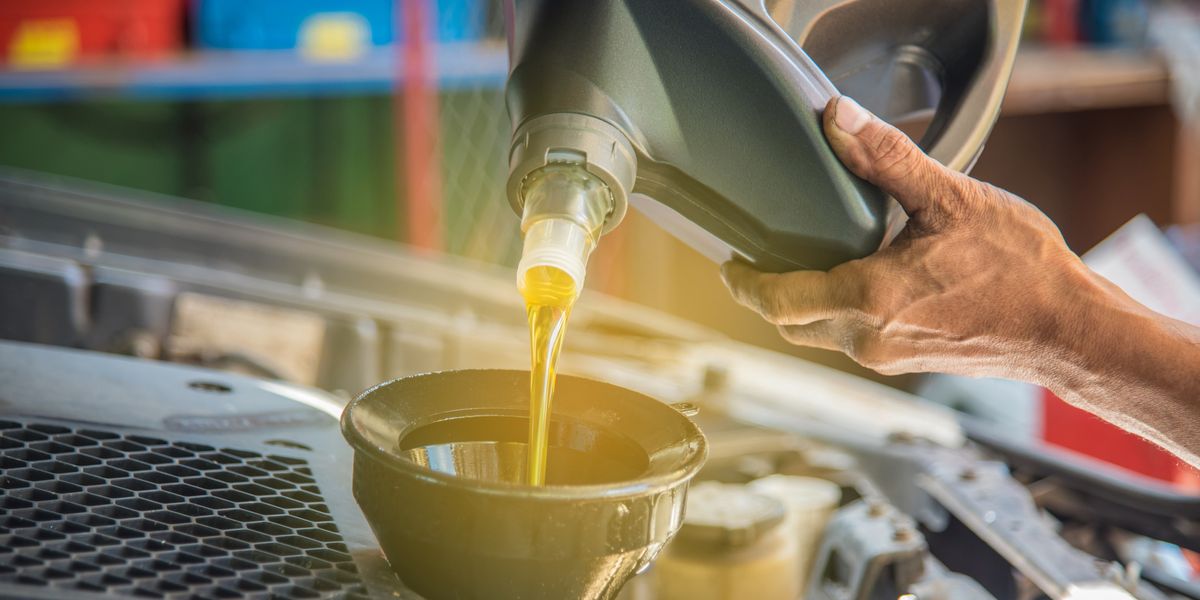You should leave complex auto repairs to the mechanics. However, there are several routine maintenance and repair tasks the average car owner can perform themselves. This can save time and money, which is especially important in 2023. Inflation is having a major impact on Americans’ spending power.
A 2023 survey conducted by Financial Buzz found that one-third of Americans couldn’t afford an emergency repair bill for more than $500. A majority of the 1,000 vehicle owners surveyed wouldn’t be able to afford an unexpected $1,000 bill.
Almost 70 percent of survey respondents reported having delayed recommended auto maintenance because of the expense. Putting off important maintenance jobs, however, can exacerbate issues and lead to even higher repair bills. Save yourself the stress and money by performing these six relatively easy maintenance tasks.
1. Check and Change the Engine Oil
Checking your engine oil is one of the easiest car-related tasks to perform. To check the oil, just open the vehicle’s hood and find the dipstick. It usually has an orange or yellow top—if you can’t find it, check the owner’s manual for instruction.
Pull the dipstick out, wipe it with a rag or paper towel, and reinsert it. Remove the dipstick again to check the oil level. If the oil marking is below the two lines on the dipstick, then you will need to either add engine oil or get an oil change. You’ll also need an oil change if the oil appears milky or grainy.
The average oil change costs about $70 at a repair shop. You can do the job for just the cost of the oil on your own if you also have car jacks, a wrench, and a funnel. Simply jack up the vehicle, slide underneath and remove the oil drain plug with a wrench, allowing the oil to drain from a funnel into a pan. Replace the plug and then pour the new oil into the opening in the motor. Make sure you discard used oil appropriately.
2. Replace Air and Cabin Filters
The air and cabin filters protect the engine against dust and debris. They are also simple to replace. The air filter, which is located under the hood, can usually be removed by hand or with a screwdriver. Replace it if it’s dirty or discolored.
Fortunately, you just slide the old one out and insert the new one. There may be additional steps outlined in the vehicle’s owner’s manual. You can buy replacement filters for as little as $10. This is a worthwhile investment considering it can prolong engine life and increase fuel efficiency.
Cabin filters, meanwhile, are usually located behind the glovebox and, in most models, can be replaced just as easily as the air filter. It’s important to replace dirty or clogged cabin filters as they help remove harmful pollutants from air in the vehicle.
3. Change Your Coolant
Engine coolant protects the car from overheating. It doesn’t need to be replaced as often as oil, but you should still regularly monitor its levels. Generally, you should change the coolant every 30,000 miles. However, you can check on its condition with coolant test strips, which signal the presence of corrosive compounds.
Just like changing engine oil, you’ll need a car jack, a wrench or screwdriver, and a drain pan. You should also wear gloves and safety goggles. Put the pan under the radiator drain valve, remove the valve, and allow the coolant to drain completely. Close the drain valve and add new coolant into the radiator or coolant reservoir. You may have to mix the antifreeze with diluted water if it isn’t premixed.
4. Replace the Battery
If you need to jump your car battery regularly, it may be time to get a new one. They usually cost anywhere between $75 and $125. Fortunately, it’s easy to replace your own battery, located under the hood. Just remove the cables, take out the old battery, insert the new one, and reattach the cables.
You may also want to clean the battery terminals, since that can contribute to battery failure. If the battery terminals are rusty, use a wire brush and a solution of water and baking soda to scrub them clean.
5. Install New Windshield Wipers
Replacing windshield wipers is another easy-to-perform task. It doesn’t require a trip to the mechanic. If your car’s wipers have a pin or hook-and-slide design, and they are easy to replace—you don’t even need any tools. However, you will need a screwdriver to replace straight-end connector wipers.
6. Clean or Replace the Headlights
Dirty headlights can affect your visibility when driving in the dark. You should clean them and the taillights regularly using soap and water. Use a headlight restoration kit for hard-to-remove debris. Assuming the wiring or casing isn’t damaged, you can also replace burnt bulbs yourself with a screwdriver or wrench.
